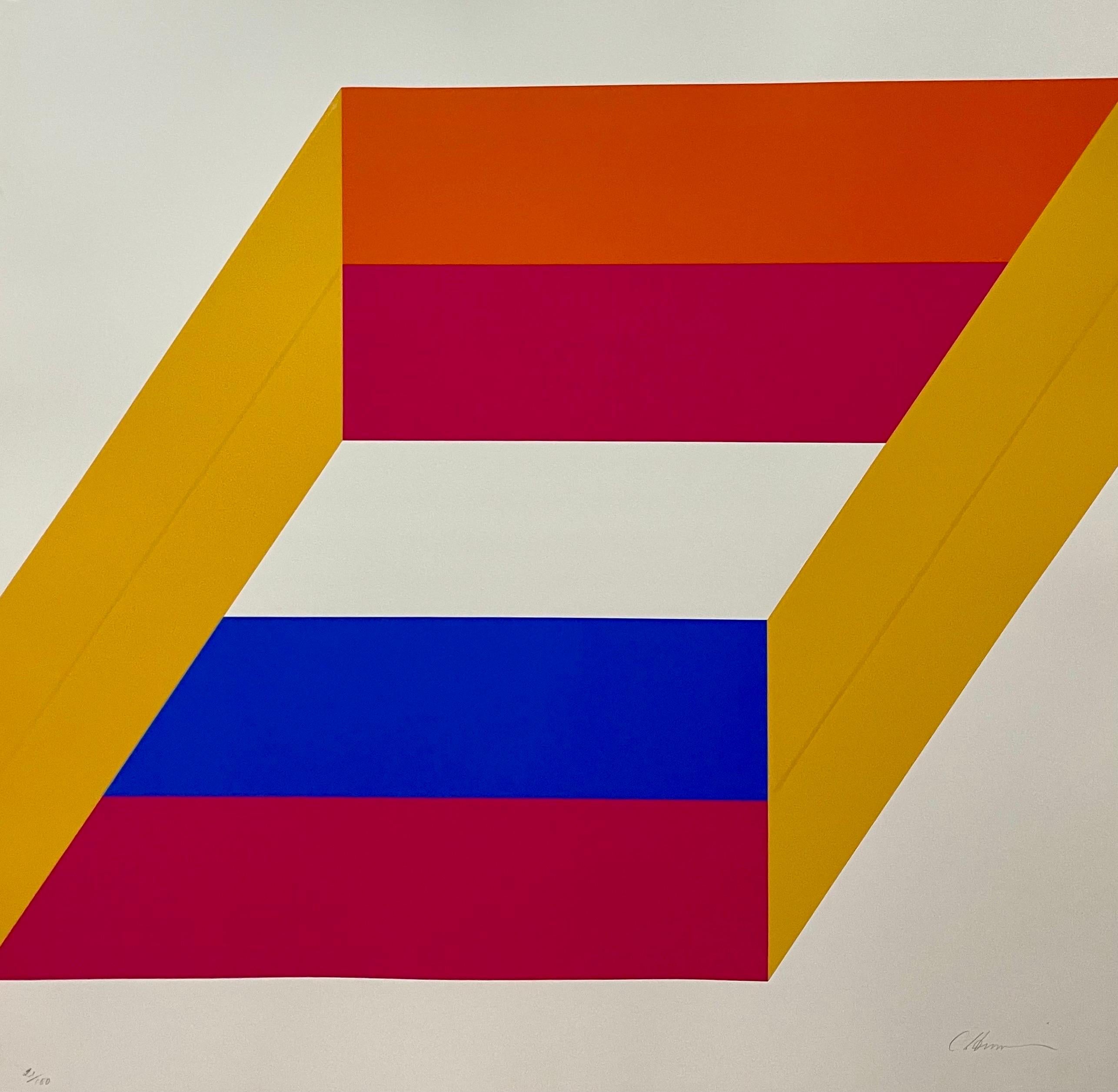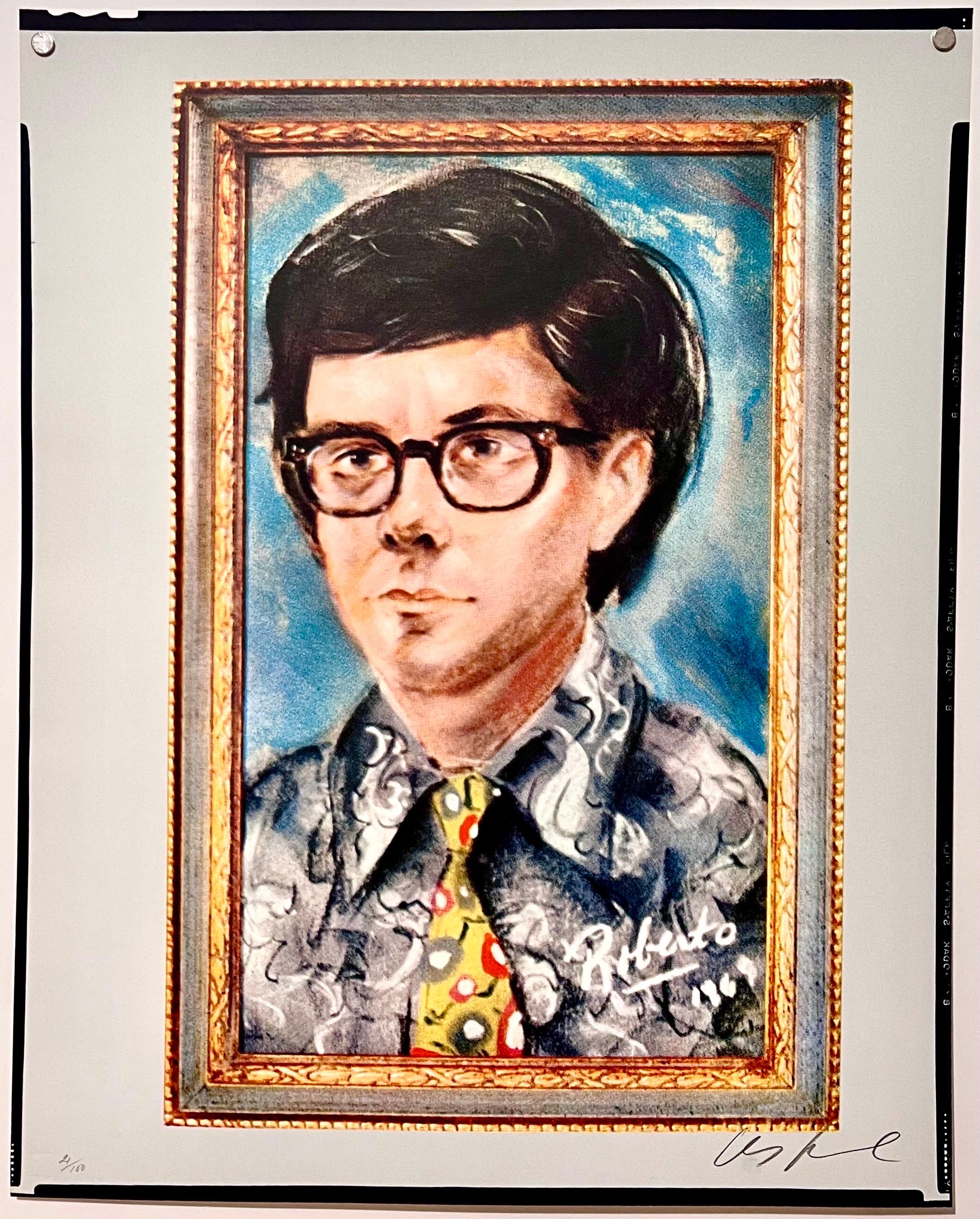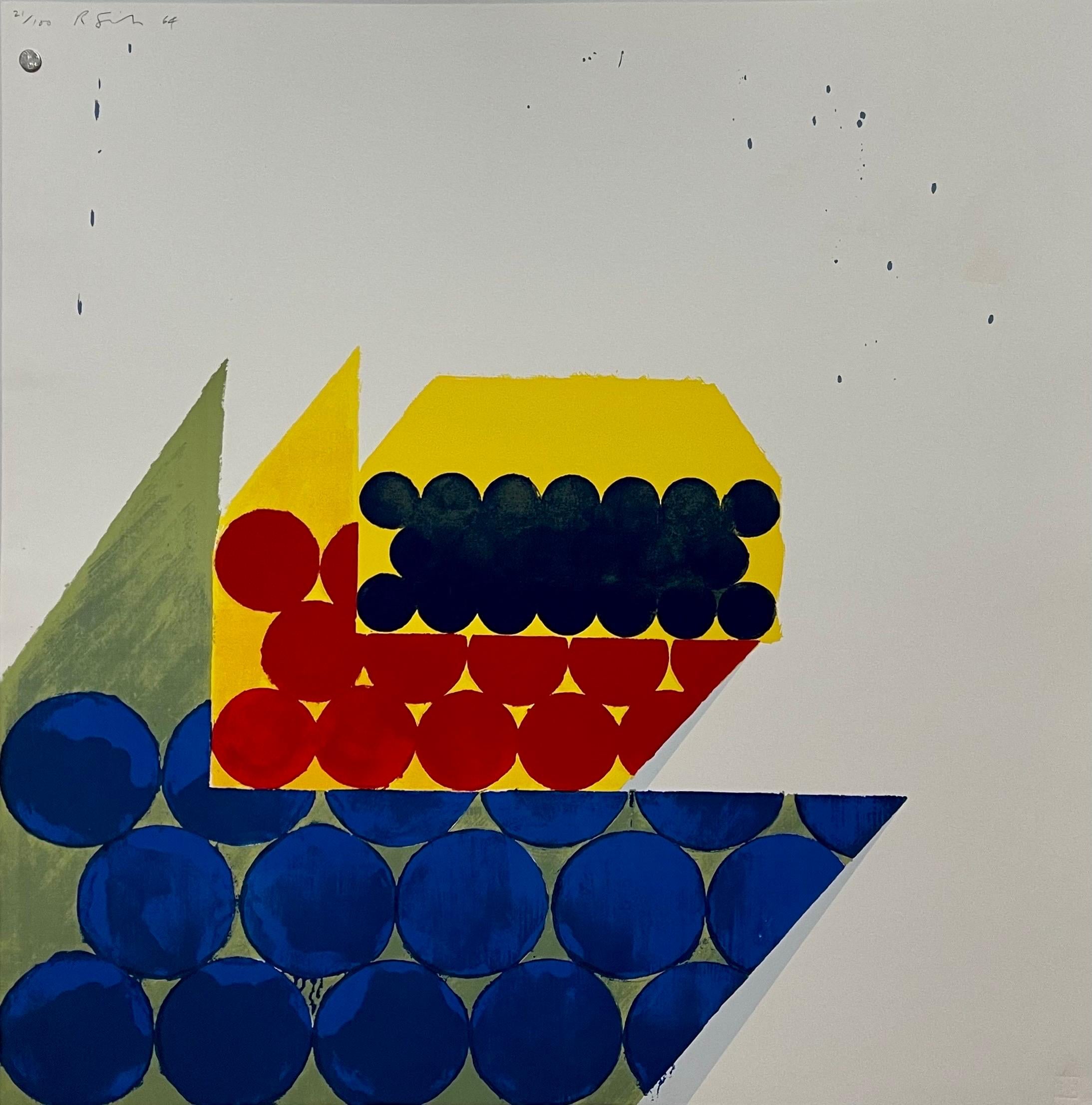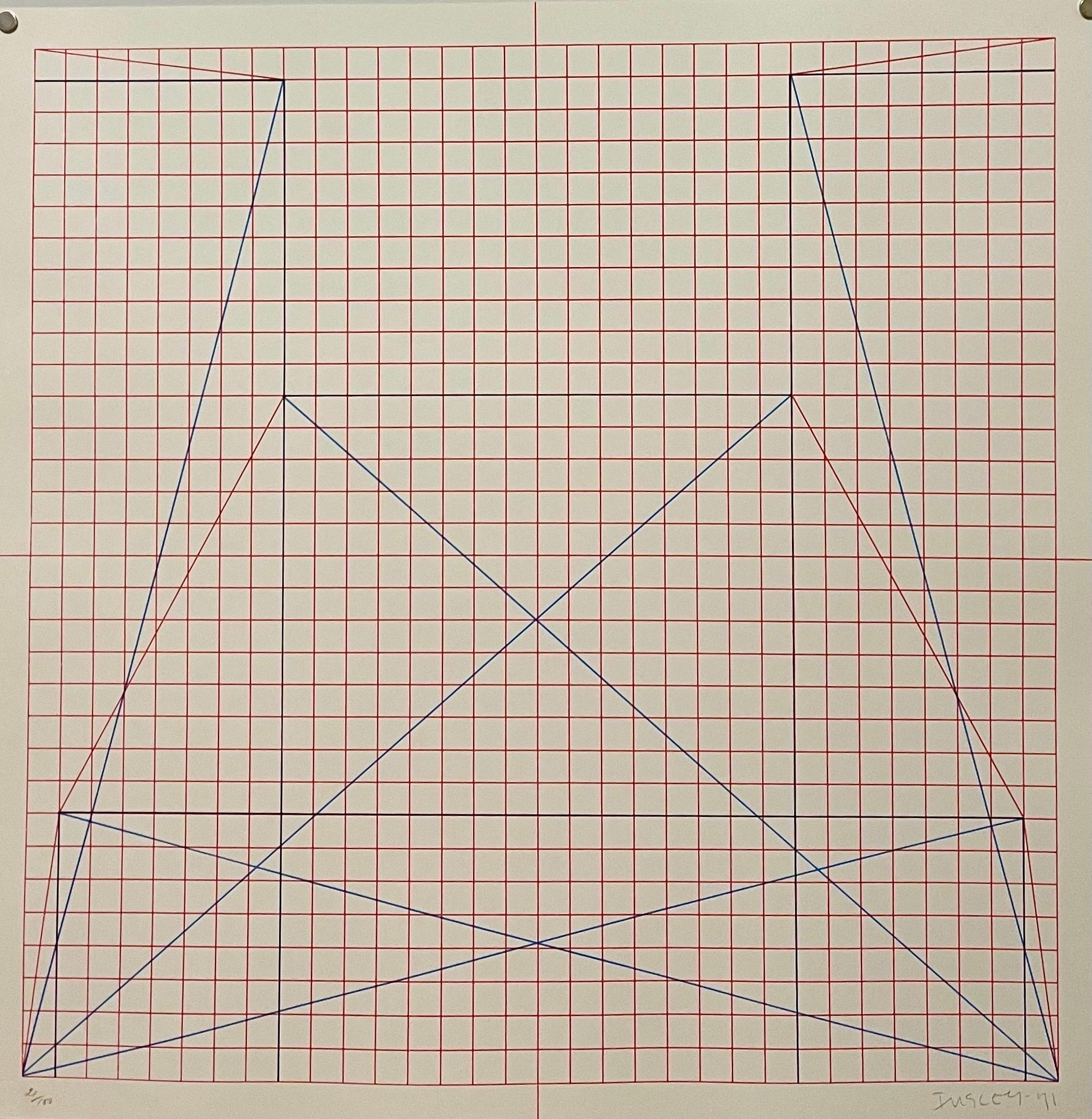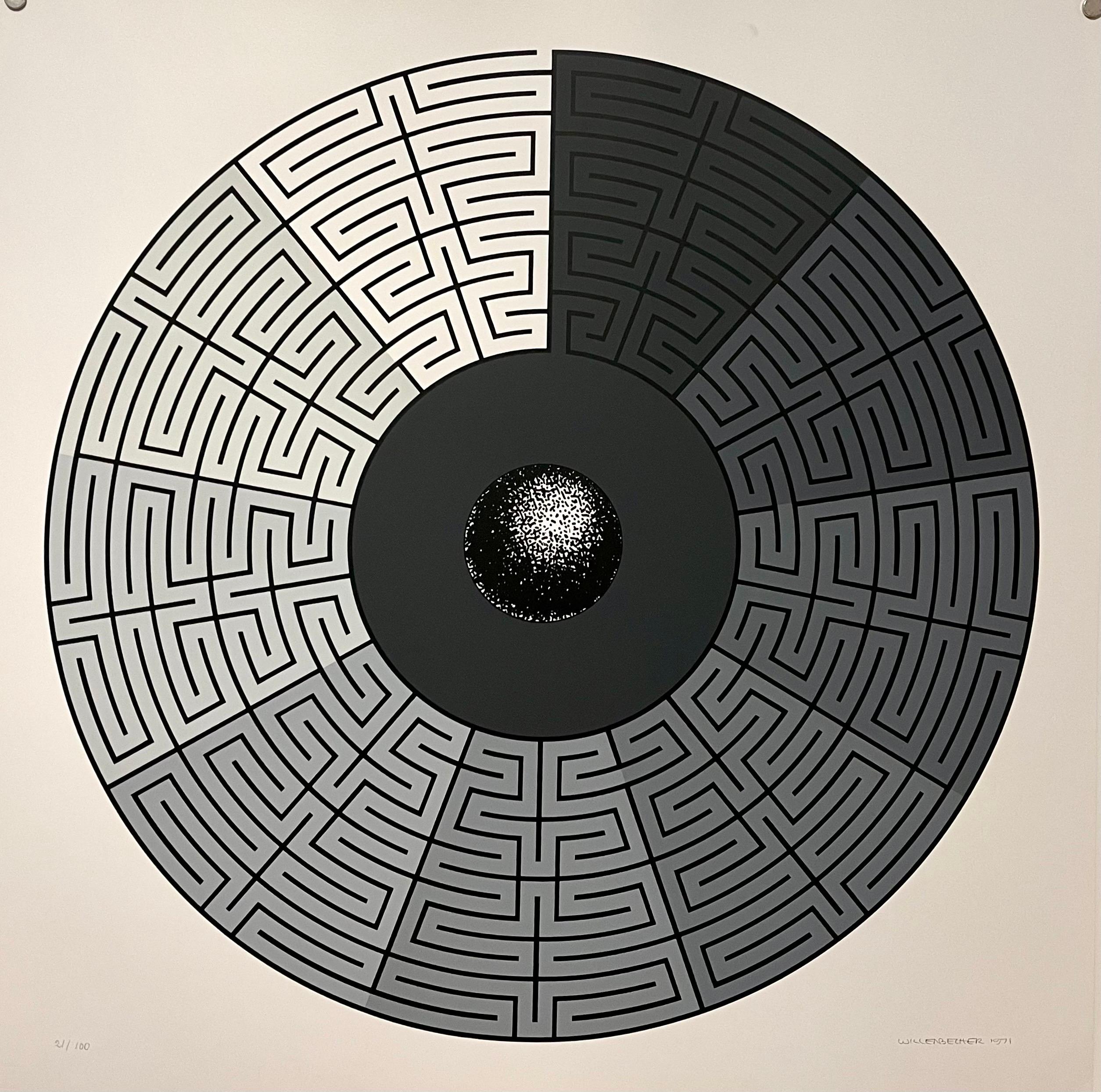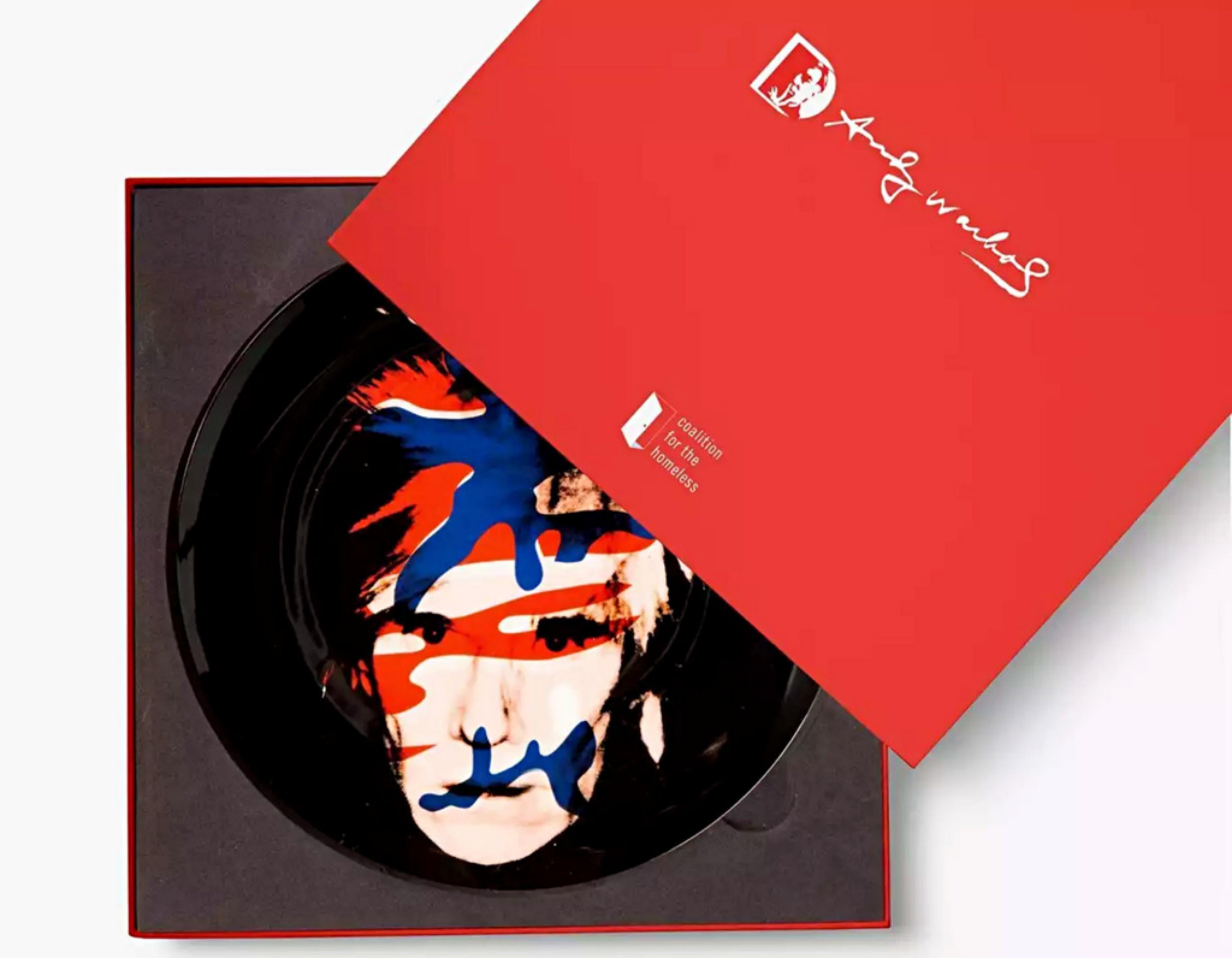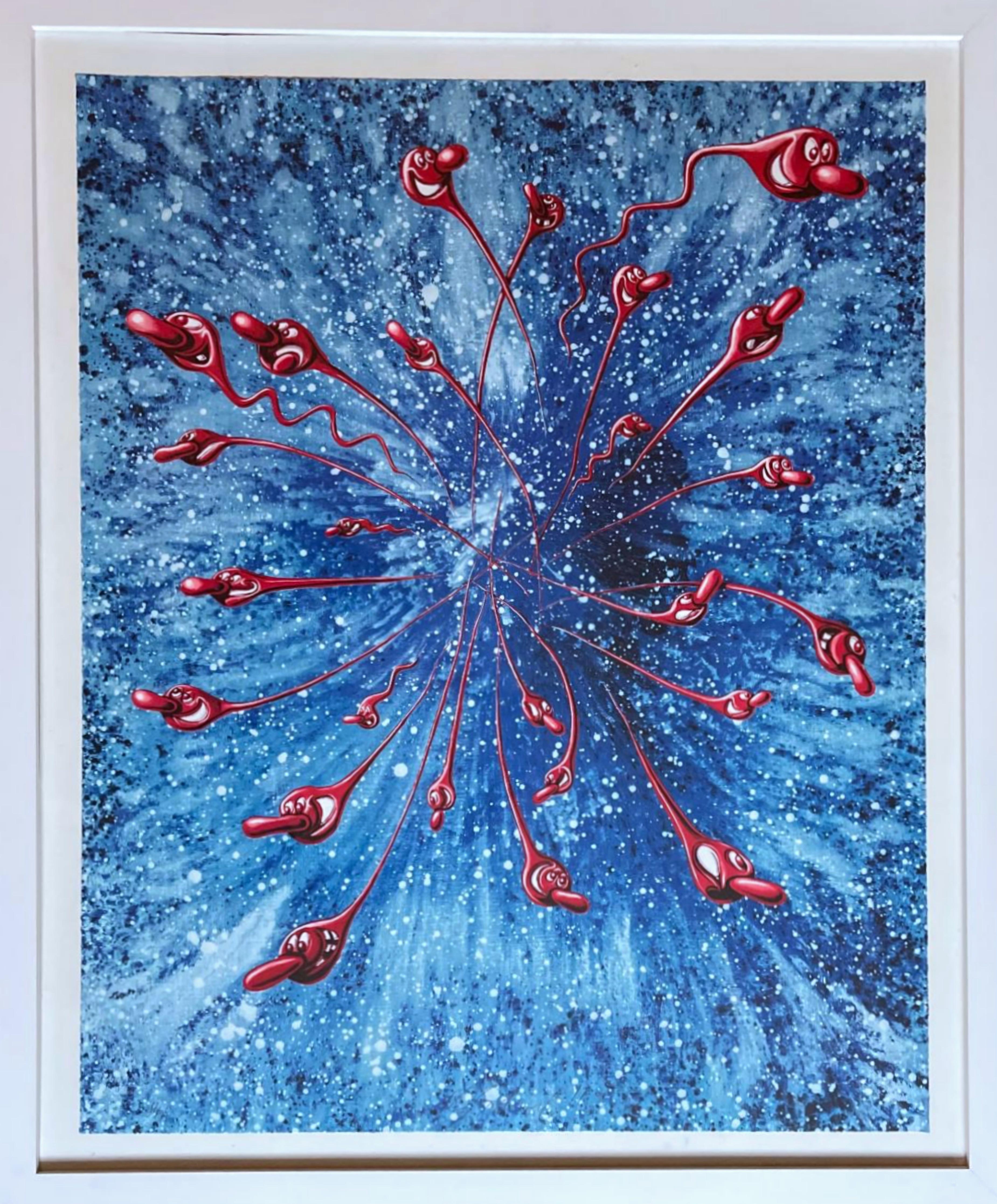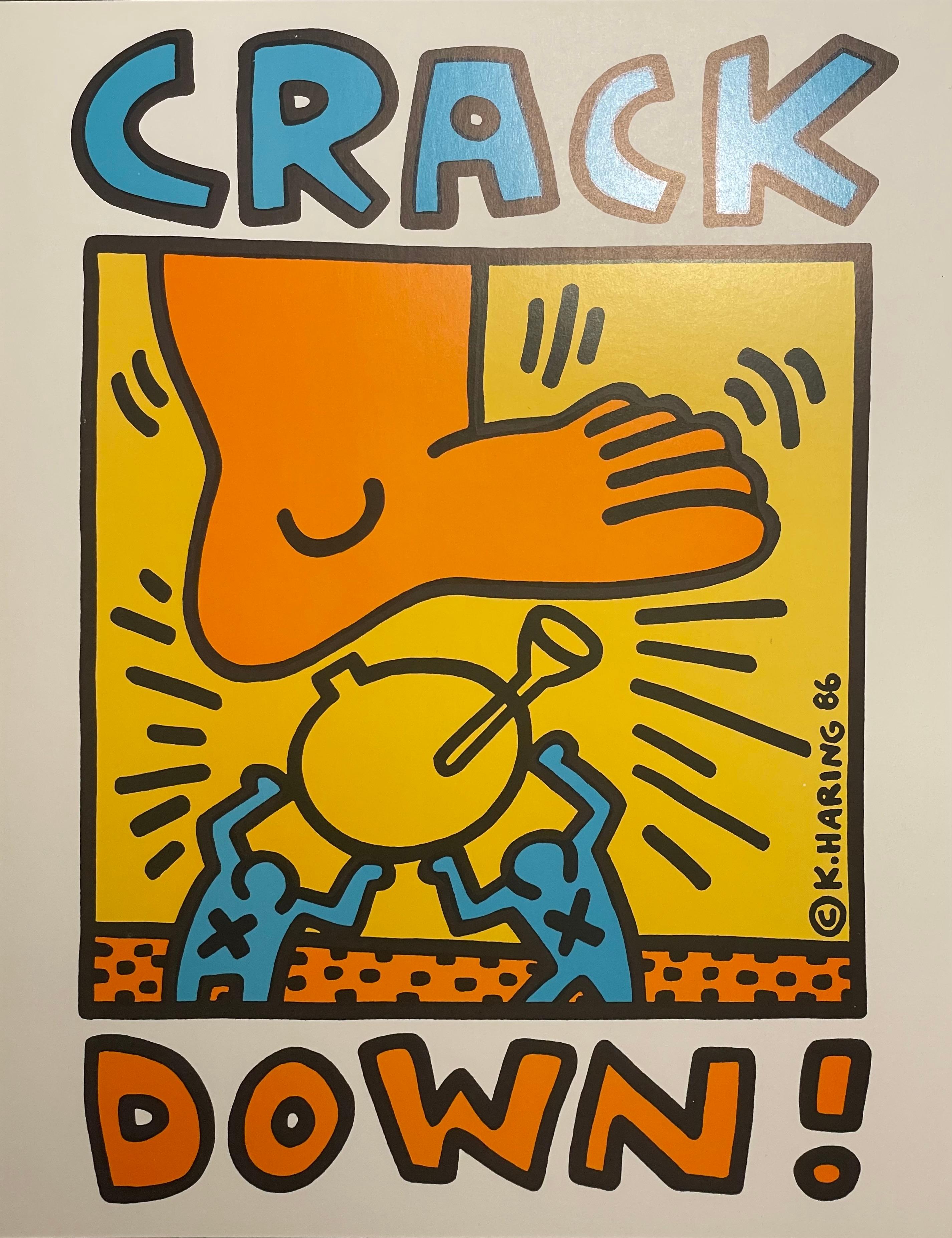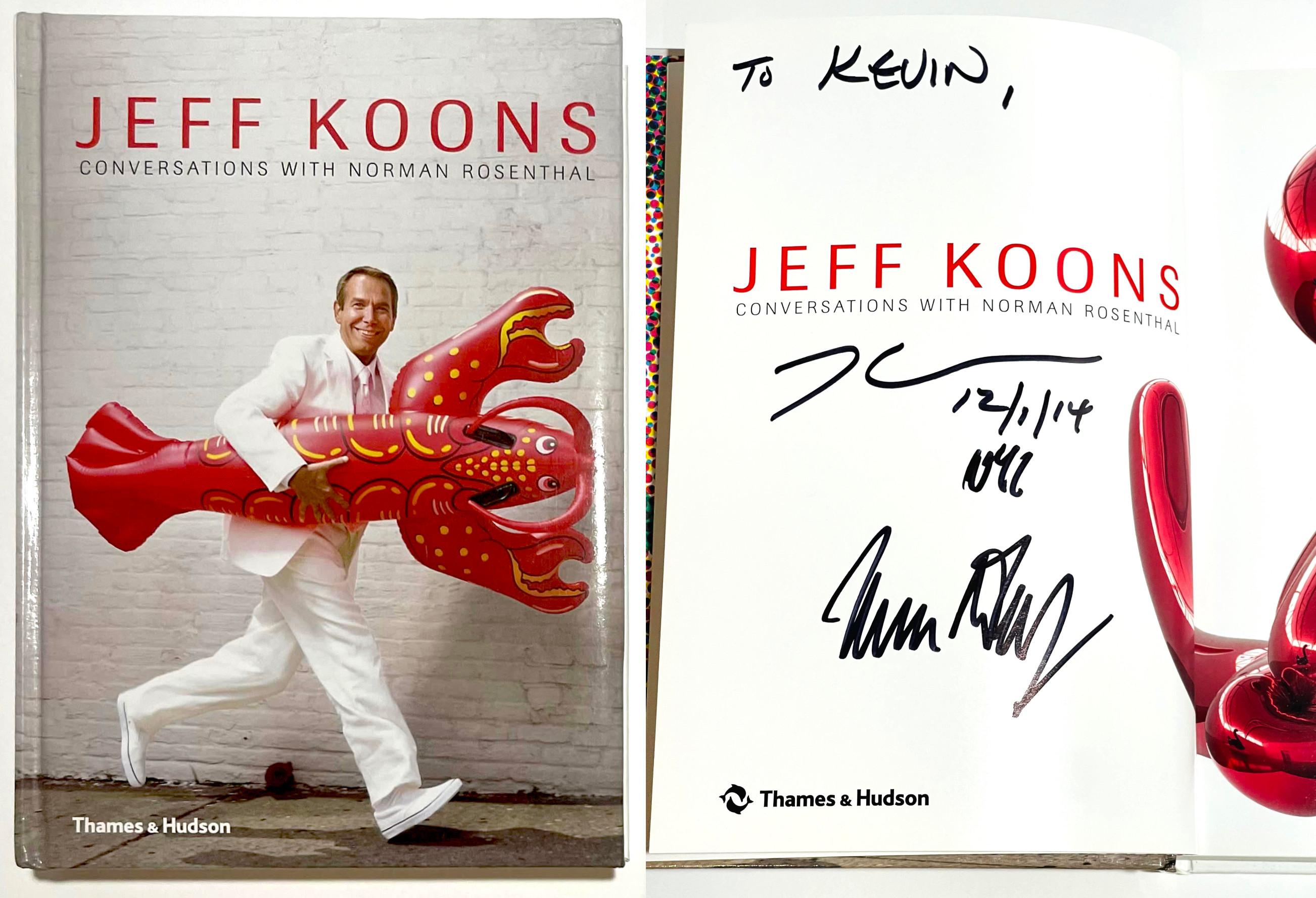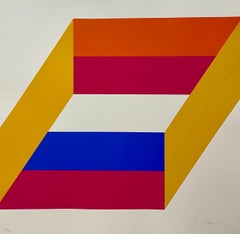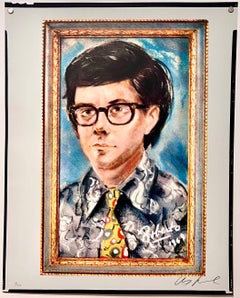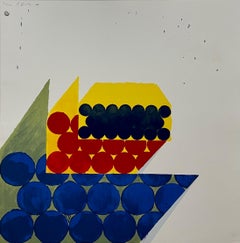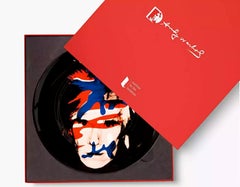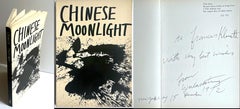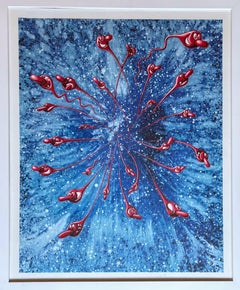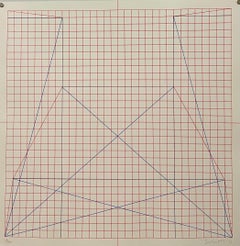
Abstract Minimalist Color Silkscreen Print Will Insley On The Bowery Pop Art
View Similar Items
Want more images or videos?
Request additional images or videos from the seller
1 of 11
Will Insley Abstract Minimalist Color Silkscreen Print Will Insley On The Bowery Pop Art1969-1971
1969-1971
$850List Price
About the Item
- Creator:Will Insley (1929 - 2011, American)
- Creation Year:1969-1971
- Dimensions:Height: 25.5 in (64.77 cm)Width: 25.5 in (64.77 cm)
- Medium:
- Movement & Style:
- Period:
- Condition:good. minor wear. never framed. kept in original portfolio.
- Gallery Location:Surfside, FL
- Reference Number:1stDibs: LU38210285832
About the Seller
4.9
Platinum Seller
Premium sellers with a 4.7+ rating and 24-hour response times
Established in 1995
1stDibs seller since 2014
1,797 sales on 1stDibs
Authenticity Guarantee
In the unlikely event there’s an issue with an item’s authenticity, contact us within 1 year for a full refund. DetailsMoney-Back Guarantee
If your item is not as described, is damaged in transit, or does not arrive, contact us within 7 days for a full refund. Details24-Hour Cancellation
You have a 24-hour grace period in which to reconsider your purchase, with no questions asked.Vetted Professional Sellers
Our world-class sellers must adhere to strict standards for service and quality, maintaining the integrity of our listings.Price-Match Guarantee
If you find that a seller listed the same item for a lower price elsewhere, we’ll match it.Trusted Global Delivery
Our best-in-class carrier network provides specialized shipping options worldwide, including custom delivery.More From This Seller
View All1969-71 Abstract Minimalist Color Silkscreen Print Charles Hinman On The Bowery
By Charles Hinman
Located in Surfside, FL
Charles Hinman
On the Bowery, 1969 - 1971
silkscreen on Schoeller's Parole Paper, edition of 100 + 20 A.P.
25.5 x 25.5 inches, signed, numbered 21/100
Screenprint in color on wove p...
Category
1960s Pop Art Abstract Prints
Materials
Lithograph, Screen
Color Silkscreen Pop Art Lithograph Print Les Levine Canadian Pop Art Portrait
By Les Levine
Located in Surfside, FL
Les Levine
On the Bowery, 1969 - 1971
Screenprint in color
25.5 x 25.5 inches, signed, numbered 21/100
Hand signed, published by Edition Domberger, Bonlanden, West Germany (with th...
Category
1960s Pop Art Abstract Prints
Materials
Lithograph, Screen
Abstract Minimalist Color Silkscreen Print Richard Smith On The Bowery Pop Art
By Richard Smith
Located in Surfside, FL
Richard Smith
On the Bowery, 1969 - 1971
silkscreen on Schoeller's Parole Paper, edition of 100 + 20 A.P.
25.5 x 25.5 inches, signed, numbered 21/100
Screenprint in color on wove pa...
Category
1960s Pop Art Abstract Prints
Materials
Lithograph, Screen
Abstract Minimalist Color Silkscreen Print Will Insley On The Bowery Pop Art
Located in Surfside, FL
Will Insley
On the Bowery, 1969 - 1971
silkscreen on Schoeller's Parole Paper, edition of 100 + 20 A.P.
25.5 x 25.5 inches, signed, numbered 21/100
Screenprint in color on wove pape...
Category
1960s Pop Art Abstract Prints
Materials
Lithograph, Screen
Abstract Minimalist Color Silkscreen Print John Willenbecher The Bowery Pop Art
Located in Surfside, FL
John Willenbecher
On the Bowery, 1969 - 1971
silkscreen on Schoeller's Parole Paper, edition of 100 + 20 A.P.
25.5 x 25.5 inches, signed, numbered 21/100
Screenprint in color on wov...
Category
1960s Pop Art Abstract Prints
Materials
Lithograph, Screen
Pop Art Aspen Road Sign D'arcangelo Silkscreen Chiron Press Vintage Art Poster
Located in Surfside, FL
Allan D'Arcangelo (American/New York, 1930-1998),
"Aspen Center of Contemporary Art",
1967
silkscreen, hand signed in pencil, dated, numbered "45/200" and blind stamped "Chiron Press, New York, NY"
32 in. x 24 in.
Allan D'Arcangelo (1930-1998) was an American artist and printmaker, best known for his paintings of highways and road signs that border on pop art and minimalism, precisionism, Abstract illusionism and hard-edge painting, and also surrealism. His subject matter is distinctly American and evokes, at times, a cautious outlook on the future of this country. Allan D'Arcangelo was the son of Italian immigrants. He studied at the University of Buffalo from 1948–1953, where he got his bachelor's degree in history. After college, he moved to Manhattan and picked up his studies again at the New School of Social Research and the City University of New York, City College. At this time, he encountered Abstract Expressionist painters who were in vogue at the moment. After joining the army in the mid 1950s, he used the GI Bill to study painting at Mexico City College from 1957–59, driving there over 12 days in an old bakery truck retrofitted as a camper. However, he returned to New York in 1959, in search of the unique American experience. It was at this time that his painting took on a cool sensibility reminiscent of Roy Lichtenstein and Andy Warhol. His interests engaged with the environment, anti-Vietnam War protests, and the commodification and objectification of female sexuality. D'Arcangelo first achieved recognition in 1962, when he was invited to contribute an etching to The International Anthology of Contemporary Engraving: America Discovered; his first solo exhibition came the next year, at the Thiebaud Gallery in New York City. In 1965 he contributed three screenprints to Original Edition's 11 Pop Artists portfolio. By the 1970s, D'Arcangelo had received significant recognition in the art world. He was well known for his paintings of quintessentially American highways and infrastructure, and in 1971 was commissioned by the Department of the Interior to paint the Grand Coulee Dam in Washington state. However, his sense of morality always trumped his interest in art world fame. In 1975, he decided to quit the gallery that had been representing him for years, Marlborough Gallery, because of the way they handled Mark Rothko legacy.
D'Arcangelo rejected Abstract Expressionism, though his early work has a painterly and somewhat expressive feel. He quickly turned to a style of art that seemed to border on Pop Art and Minimalism, Precisionism and Hard-Edge painting. Evidently, he didn't fit neatly in the category of Pop Art, though he shared subjects (women, signs, Superman) and techniques (stencil, assemblage) with these artists.He turned to expansive, if detached scenes of the American highway. These paintings are reminiscent of Giorgio de Chirico-though perhaps not as interested in isolation-and Salvador Dali-though there is a stronger interest in the present and disinterest in the past. These paintings also have a sharp quality that is reminiscent of the precisionist style, or more specifically, Charles Sheeler. 1950s, Before D'Arcangelo returned to New York, his style was roughly figurative and reminiscent of folk art. During the early 1960s, Allan D'Arcangelo was linked with Pop Art. "Marilyn" (1962) depicts an illustrative head and shoulders on which the facial features are marked by lettered slits to be "fitted" with the eyebrows, eyes, nose and mouth which appear off to the right in the composition. In "Madonna and Child," (1963) the featureless faces of Jackie Kennedy and Caroline are ringed with haloes, enough to make their status as contemporary icons perfectly clear.
Select Exhibitions:
Fischbach Gallery, New York,
Ileana Sonnabend Gallery, Paris,
Gallery Müller, Stuttgart, Germany
Hans Neuendorf Gallery, Hamburg, Germany
Dwan Gallery...
Category
1960s Pop Art Abstract Prints
Materials
Lithograph, Screen
You May Also Like
Andy Warhol Limited Edition Camouflage Self-Portrait 1986 China Plate w/Gift Box
By Andy Warhol
Located in New York, NY
Andy Warhol (After)
Camouflage Self-Portrait 1986, 2020
Fine Bone China
10 1/2 × 10 1/2 inches
Limited Edition of 175
Signed in plate, Authorized signature and edition details fired ...
Category
2010s Pop Art Abstract Prints
Materials
Ceramic, Porcelain, Mixed Media, Screen
Infinity Umbrella
By Yayoi Kusama
Located in New York, NY
Yayoi Kusama
Infinity Umbrella, 2014
Silkscreen on 100% polyester umbrella with plastic handle
37 × 54 × 54 inches
This limited edition silkscreened umbrella was created exclusively...
Category
2010s Pop Art Abstract Prints
Materials
Plastic, Polyester, Screen
Chinese Moonlight (signed, dated and inscribed by Walasse Ting) with four lithos
By Walasse Ting
Located in New York, NY
Walasse Ting 丁雄泉
Chinese Moonlight (signed, dated and inscribed by Walasse Ting), 1967
Illustrated Softback monograph with four original double-page litho...
Category
1960s Pop Art Abstract Prints
Materials
Paper, Ink, Mixed Media, Lithograph, Offset
Kenny Scharf In the Beginning, limited edition signed/numbered lithograph Framed
By Kenny Scharf
Located in New York, NY
KENNY SCHARF
In the Beginning, 2019
6 color lithograph printed with Marinoni lithographic press, hand cut on 300 g. BFK Rives paper
Hand signed and numbered from the edition of 99 on...
Category
2010s Pop Art Abstract Prints
Materials
Lithograph
Keith Haring Crack Down Concert Benefit Print Urban Art Contemporary Street NYC
By Keith Haring
Located in Draper, UT
Bill Graham revisited his old Bronx neighborhood in August, 1986 and, appalled to see that the drug culture had effectively wiped out the local culture, f...
Category
1980s Pop Art Abstract Prints
Materials
Lithograph
Jean-Michel Basquiat, (1985 monograph, Hand signed and numbered by Basquiat)
By Jean-Michel Basquiat
Located in New York, NY
Jean-Michel Basquiat, 1985
Limited Edition Artist's Book with Offset Lithographs. Hand signed and numbered by Jean-Michel Basquiat
Hand signed and numb...
Category
1980s Pop Art More Art
Materials
Offset, Lithograph
Recently Viewed
View AllMore Ways To Browse
William Wills
Lichtenstein Silkscreen
Tom Wesselmann Prints
Leger Hand Signed Lithograph
Jean Roy
Robert Indiana Silkscreen
Eva Hesse
Mark Rothko Signed Lithograph
Garden Fish Sculptures
Fernand Leger Hand Signed Lithograph
Tom Wesselmann Signed
Kenneth Noland Lithograph
Cy Twombly Lithograph
Jean Dubuffet 1973
Pierre Clerk
P Levine
Gerald Laing Pop Art
Tom Levine
